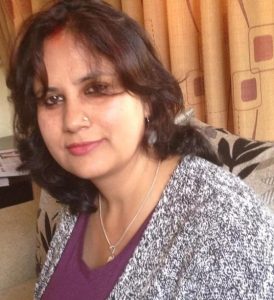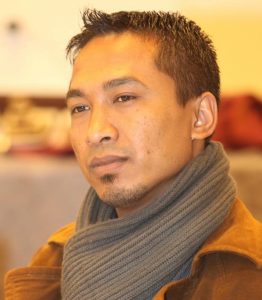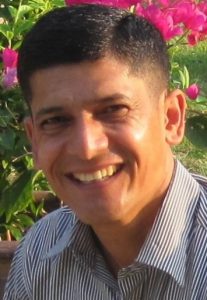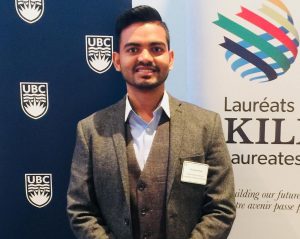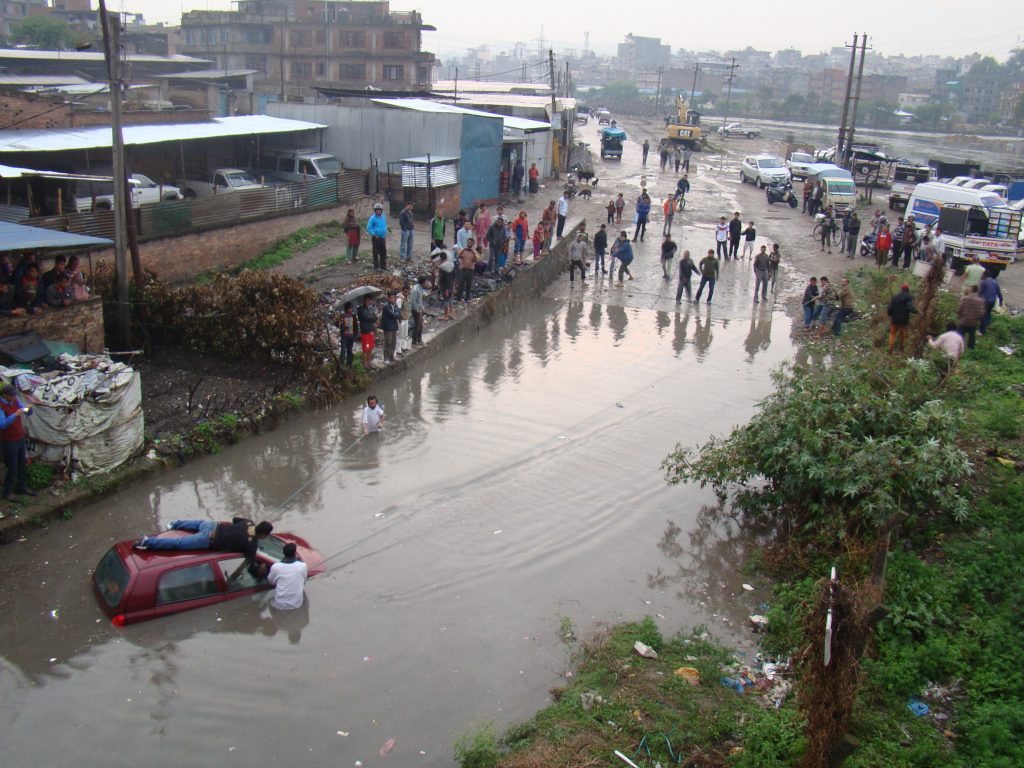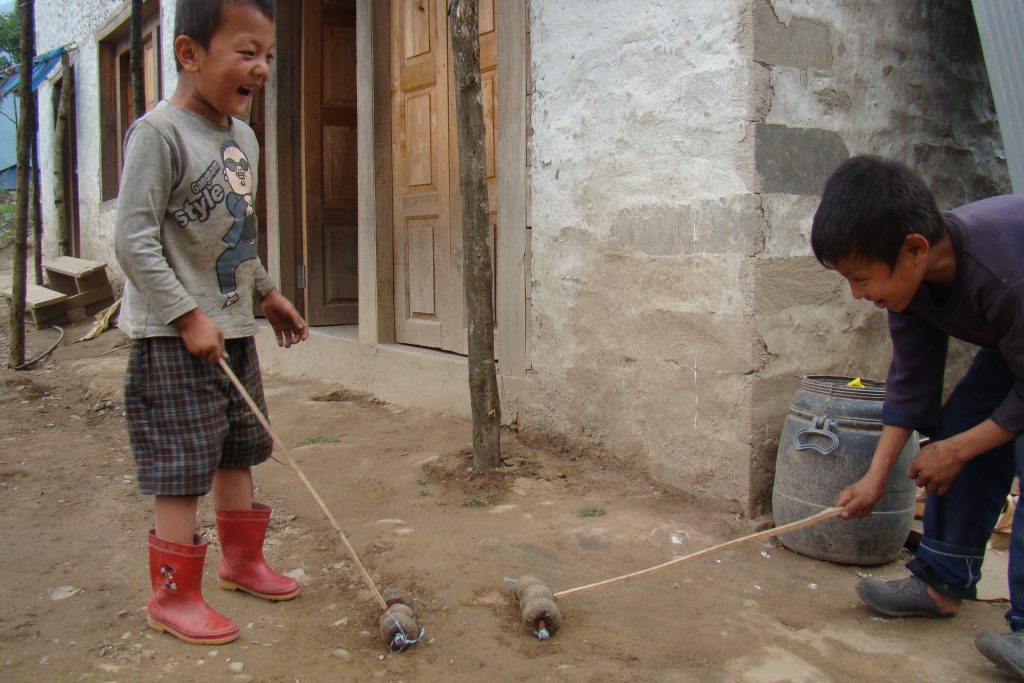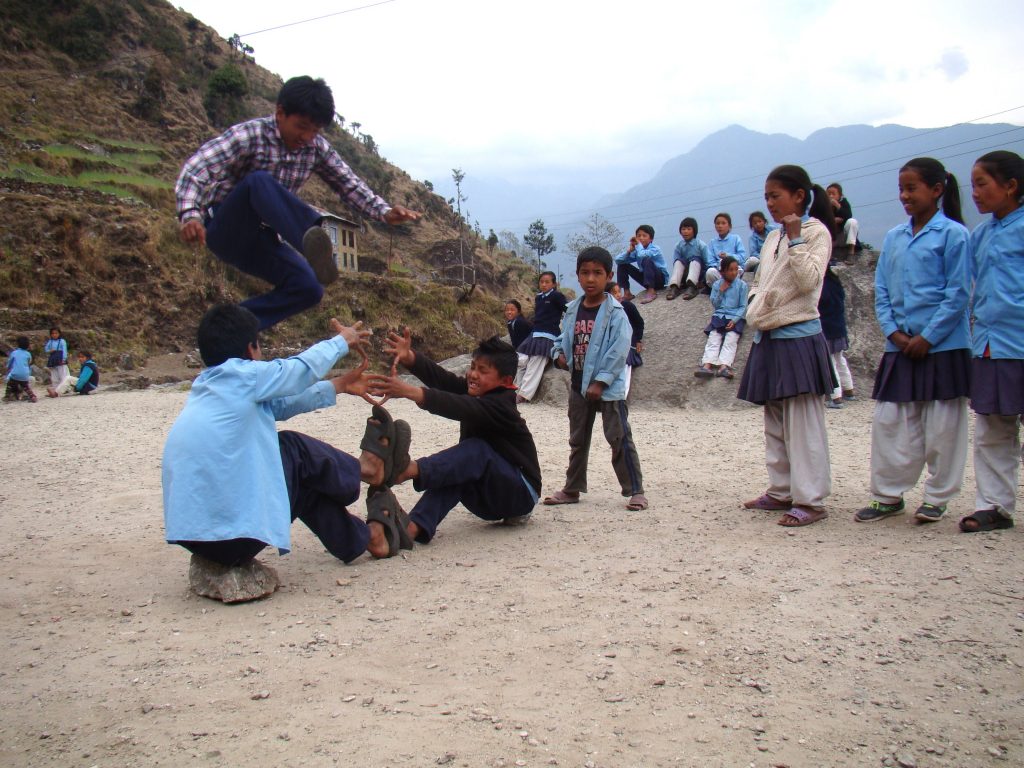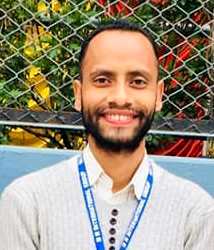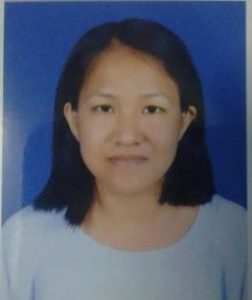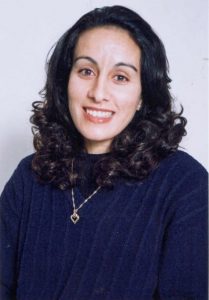
Scene setting
Project work offers the possibility to enhance not only students’ language skills but also students’ life skills. In spite of its importance, it is often seen as an “extra- curricular” activity in EFL class and Most of the time, it is not monitored and rarely assessed. Project work however can help students acquire project management skills as well as language skills. This article offers a practical way of integrating project work in the EFL class. It discusses the importance of project work, ideas to help students in their projects and assessment of project works.
What is project work?
Project work is a dynamic way of motivating students to use the target language while working on topics of their interests. Project work allows for both language and content integration. It is student- centered, experiential and usually connected to real-life (Stoller, 2002). Moreover, working on projects strengthens students’ collaboration skills to carry out their projects and presentation skills, while presenting the work. Additionally, project work offers opportunity for “authentic integration” of the four skills studied. Moreover, conducting projects offers opportunities to hone students’ creativity, communication, and critical thinking. These are important life skills for students in this era.
Why is it important to integrate project work in class?
Project work can affect students’ learning in different ways:
- Motivation: Project work increases students’ motivation to learn and willingness to participate in class activities.
- Collaboration: Students learn how to collaborate together and work in teams. When projects are collaborative, students have ample time to learn from each other.
- Project design, implementation and evaluation: Students learn how to plan, implement and evaluate projects; these skills will help them prepare for their academic life and future careers
- Conflict –resolution: While working on class projects conflicts might arise. A group project is then the best opportunity to learn how to tolerate different viewpoints.
- Voice and Autonomy: projects provide opportunities for students’ voice, choice and autonomous learning.
- Creative / Critical thinking: Working on projects can help students acquire creative and critical thinking skills. Creativity can be enhanced as students tap on their talents and use their artistic skills to bring a beautiful touch to their final product.
- Skill integration: Project-work is an opportunity for integrating of the four skills taught as well as boosting students’ life skills.
How to integrate projects in EFL class?
Project work could be easily integrated in the EFL class if projects are considered as part of learning process. Projects are not only an ‘extra activity’ or ‘filler’ at the end of a module or unit but it’s a process for honing both language skills and life skills. Projects could be planned at the beginning of a unit/module of work inviting students to work on a project at the end of unit, which culminates all the learning from the unit. For example, students may be told they will be making a poster about their favourite city, giving a presentation or making a video on the theme of the unit. In this way, students might pay more attention to the unit contents knowing that they will be required to work on a project at the end. They might start researching the topic of the unit. This will increase their motivation to learn because they will expect that they will be required to use what they learnt for their end of the unit project. Moreover, projects can be adapted to all levels and students are free to choose the presentation of their work. Lower level students can work on projects such as: make a short poster about my family tree, for intermediate or advanced they can work on projects such as: make a presentation on oil spill in the ocean.
How/when to plan project in EFL class?
Using different simplified project planning templates might help students plan their projects better. A template might include: (a) title of the project, (b) a short summary of the project (c) objectives (d) end product (e) presentation style (f) evaluation procedures. Project planning templates can vary depending on level, type of project (individual or collaborative) and familiarity of project work to students and time frame. Preparing a short presentation might necessitate less time than making a poster or a video and vice versa. If the time isn’t relevant and a frame is not set for the project, students might lose interest in the project. For instance, scheduling the project presentations during examinations isn’t a good idea as the students will be more preoccupied by their exams. So it should be avoided. Meanwhile, the project portfolios can also be considered as an alternative form of assessment.
Fried-Booth (1986), in their work ‘Project Work’ states three stages while planning projects:
- Classroom planning
- Conducting projects
- Monitoring and Evaluating projects
On the other hand, Alan and Stoller (2005) provide a ten step procedure for project planning:
Step 1- The teacher and students decide on a project theme or idea.
Step 2- The teacher and students decide on the final product / outcomes of the project
Step 3- The students starts planning their project with the help of the teacher, they decide on different tasks and assign roles
Steps 4 – Students gather information, collect data, analyze, select and compile their work. They meet, discuss, negotiate and decide on a final work to be presented. They choose presenters and rehearse their presentations.
Step 5 – Students present their work
Step 6 – Students get feedback from their peers and self-assess their own work (using a simple grid). The teacher can also design a grid to evaluate students’ work.
Based on the work of Fried- Booth (1986), Alan and Stoller (2005) and also Ribe and Vidal (1993), students projects can be planned as follows:
| Stages | Activities |
| 1. Classroom planning | The teacher and students decide on the theme of their projects, which are related to their units/lessons. Or students might also choose their own themes. The teacher decides on language needs, life skills targeted and helps students develop them, while they plan their projects and decide on roles, responsibilities and divide tasks. |
| 2. Conducting projects | Students carry out their projects, conduct research with clear role/task division. For instance, while a student is a ‘time-manager’ others may be ‘project-leader’ and can agree when to meet to discuss the project. Tasks can vary depending on students’ abilities. Some might be responsible for compiling the work and finalise the design. Others might think of possible ways to present their work. Meanwhile, some can be assigned roles to document the process (taking pictures for e.g of the group work) |
| 3. Project presentation | The agreed final product dictates the possible forms of presentation. If it’s a video or presentation, each group can present their work and then get feedback from their peers/teacher. If it’s a poster, their projects can be displayed on the walls of the classroom and each group stands close to their poster and can talk about it. Or students can walk around and evaluate the posters. |
| 4. Evaluating projects | A- Monitoring the work
To monitor students work, teacher can ask group representative or project leaders to update class on their projects, challenges being faced and any support required. B- Evaluation the project Project evaluation can be done first through peer –evaluation (see template) and then through self- reflection, where students are invited to reflect on the whole process and share the learning. The teacher can also evaluate the group work and assign grades if it’s considered as a form of assessment |
How to evaluate project works?
Rubrics are an easy way to evaluate projects, these can be either designed by the teacher and students on their own or adapt through rubistar.org. Project evaluation is as important as planning and presentation stage. Students will learn how to assess their work by self and peers. They will also learn how to reflect on their own work and learn from each other. The teacher will gain insights on students learning. Another important point about evaluation is that students can learn to set their own learning goals and then assess by self how far they have achieved them. For lower levels, a way of assessing learning can be as simple as asking students to draw a smiley face (J L ) to illustrate their project work experience. For higher levels, the teacher can use either a rubric or simply invite students to reflect on the learning process through reflection questions.
Sample self-reflection questions:
- What did you learn while working on this project?
- What did you learn while working in group?
- What difficulties have you encountered?
- If you want to make your project better? What would you change?
APPENDIXES
APPENDIX: A- Sample project planning template
| Project title:
Expected outcome/ product : |
|||
Name of the group:Students name : Project date completion: |
|||
| Summary of our project | |||
Steps / process / roles |
|||
Steps |
Tasks: What will our group do? |
Who is responsible? (name of student(s) |
Date of completion |
Step 1 |
|||
Step 2 |
|||
Step 3 |
|||
Step 4 |
|||
Step …. |
|||
Resources needed |
|||
Mode of presentation |
|||
APPENDIX: B Sample project evaluation rubrics
Sample rubric for project (peer) evaluation (group presentations)
| C = NEED MORE WORK | B = Good | A= Excellent |
| C | B | A | |
| Content | The information is not clear at all.
There aren’t enough details about the topic |
The information is not always clear
There is only some details about the topic |
The information is clear, concise
There are enough details about the topic. |
| Organization | The audience can’t follow
There is no introduction, and a conclusion Poor time management |
The audience can follow most of the parts.
There is an introduction, and a conclusion Good time management |
The audience can easily follow
There is an introduction, and a conclusion Excellent time management |
| Presentation | The presenter(s) do not keep eye contact; they only stick to notes/slides.
Use too many gestures/ move a lot Do not speak clearly Don’t look confident enough |
The presenter(s) keep eye contact most of the time
Use natural gestures / sometimes move a lot. Speak less clearly Look less confident
|
The presenter(s) keep eye contact
Use natural gestures Speak clearly Look confident
|
| Team Work | Very few group members participate / have a role
Group do not seem to get along well Team members were not able to answer the questions of the audience |
Few of the group members participate / have a role
Group seem to get along well Team members are able to answer some questions of the audience |
All the group members participate / have a role
Group seem to get along well Team members are able to answer all audience questions |
APPENDIX: C- Sample Rubric for Oral presentation (individual):
Student name: ……………………………………………………………
| Category | 4 | 3 | 2 | 1 |
| Content | Shows full understanding of the topic | Shows a good understanding of the topic | Shows a good understanding of parts of the topic | Doesn’t seem to understand the topic very well |
| Preparedness | Student is completely prepared and has rehearsed | Student seems pretty prepared but might have needed more rehearsals | The student is somewhat prepared but it is clear that rehearsal was lacking | Student does not seem prepared at all to present |
| Posture and eye contact | Stands up straight, looks relaxed and confident, establishes eye contact with everyone in the room during presentation | Stands up straight and establishes eye contact with everyone in the room during presentation | Sometimes stands up straight and establishes eye contact | Slouches and/ or does not look at people during the presentation |
| Speaks Clearly | Speaks clearly and distinctly all (100-95%) the time, and mispronounce no words | Speaks clearly and distinctly all (100-95%) the time, but mispronounces one word | Speaks clearly and distinctly most (94-85%) of the time. Mispronounce no more than one word | Often mumbles or cannot be understood or mispronounces more than one word |
| Stays on Topic | Stays on topic all (100%) of the time | Stays on topic most (99-90%) of the time | Stays on topic some (89%-75%) of the time | It was hard to tell what the topic was |
Made through: http://rubistar.4teachers.org
References:
Alan, B & Stoller, F. (2005). Maximising the benefits of project work in foreign language classrooms. Teaching English forum, 43(4). 10-21.
Fried-Booth, D. (1986). Project work. New York: Oxford University Press
Ribé, R., Vidal, N., & Macmillan Publishing Company. (1997). Project work: (Step by Step) Oxford: Macmillan Heinemann English Language Teaching
Stoller, F. (2002). Project Work : A means to promote language and content. In J. Richards & W. Renandya (Eds), Methodology in language teaching: An anthology of current practice (Approaches and methods in language teaching, pp.107-120). Cambridge: Cambridge University Press.
About the author: Samira Idelcadi is an ELT supervisor in Tiznit Directorate (Morocco). She holds a Msc in Public services Policy and Management from Kings College London (2011). Her main interests are teacher professional learning, teacher leadership, educational change and educational policy.
